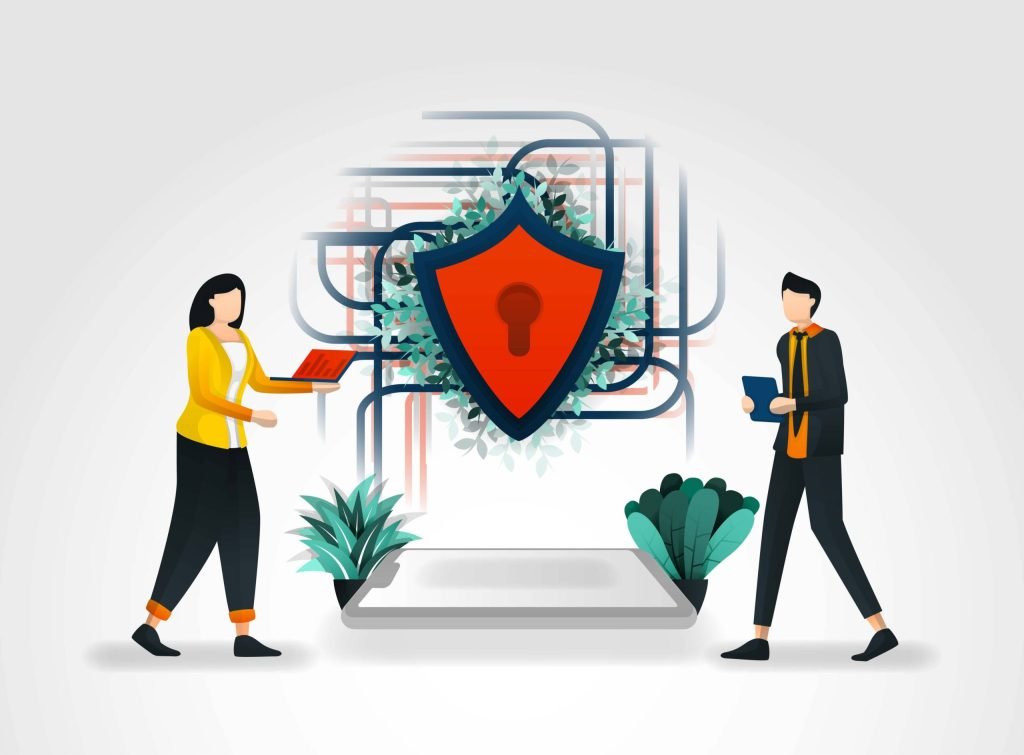Unified threat management solutions provide layered, integrated cybersecurity protection from one unified appliance. They simplify and streamline managing multiple security systems and services at a reduced cost. UTMs include anti-spam technologies that eliminate phishing attacks and prevent employees from viewing questionable content on the web. They also detect malware by analyzing the behavior and characteristics of files with heuristic analysis.
Detecting Threats in the Cloud
In addition to detecting threats at the network level, UTM solutions can detect attacks that may be taking place in the cloud. These systems can use a combination of antivirus, anti-spam, and other security engines to analyze data packets for hidden malware or viruses. The system can also monitor for suspicious activity indicating a firewall breach. For Small and Medium Enterprises (SMEs), a unified threat management solution can help to reduce the cost of cybersecurity.
These platforms can also offer a simplified management process. The platform can be installed in hardware appliances for on-premise deployments or as a virtual appliance for public, private, and hybrid clouds. It is important to remember that a unified threat management solution is not a substitute for a robust cybersecurity strategy. However, it can be an effective tool for protecting businesses online when used with other tools and strategies. For example, using different tools to create a defense-in-depth security framework can make it harder for attackers to breach your system by bypassing all of the layers of protection.
A unified threat management (UTM) solution is preconfigured to detect malware automatically, reducing the threat of cyberattacks and making it easier to adhere to PCI DSS, HIPAA, and GDPR's access control standards. It is achieved by using heuristic analysis and examining the behavior and characteristics of files to find patterns that suggest an attack.
Centralized monitoring and management are built into a UTM solution, making it easy to manage all your security tools from one interface. It eliminates context switching between dashboards and improves your team's productivity. Identity-based security policies are also integrated, making it easier to implement least privilege-based access controls -- an essential requirement of many compliance regulations.
A unified threat management solution delivers a powerful defense against all types of threats, from malicious software to sophisticated attacks that use multiple attack vectors. It can provide a faster, more effective response than traditional methods that require the deployment of separate firewalls, antivirus, IDS/IPS, and secure email gateways. It reduces your company's security footprint and costs and helps you keep pace with the constantly evolving cybersecurity landscape.
Detecting Malware
A UTM solution comes with an NGFW that scans all the data coming in and going out of the network for suspicious files. It makes it easy for IT teams to quickly detect and investigate if something is wrong with their network. The NGFW can also detect if any of the systems on your network have been compromised. For example, it can detect if any of your devices are sending out malware to other people or if someone has stolen your company's data. If a malicious intruder does make it into the system, the NGFW can quickly find out where they are and stop them from spreading to other computers on the network. It enables the NGFW to protect the organization's most sensitive data and prevent the spread of any threats.
The UTM system enables organizations to manage their security solutions from one platform. It saves time for IT administrators as they only have to work on a single system instead of managing multiple products separately. It also makes the system much more accessible to upgrade and monitor.
Detecting Threats in Real-Time
A UTM solution consolidates multiple security technologies into a single device and allows for unified management. It reduces the amount of point products an organization has to manage and update and helps to slash cybersecurity costs. UTM systems can detect threats in real-time by analyzing the content of data packets at the network edge. It is done by using a technique called flow-based inspection or proxy-based inspection. This technique samples the data packets that enter a network security device like an IPS or firewall and examines it for hacking attempts, viruses, threats, and other malicious activities.
The threat detection tools in UTM solutions can identify and prioritize threats that require immediate attention so IT teams can be proactive about their security. It is made possible by AI-enabled cyber security, which learns the 'normal' behavior of every device and user in your organization. It can then spot subtle signals of advance attacks without relying on rules, signatures, or prior assumptions. It also performs change control and file integrity monitoring so IT teams can quickly and easily remediate any security vulnerabilities in the system.
Detecting Intruders
Although a UTM may defend your company from malware, Trojan horses, worms, and viruses, its primary function is identifying potential invaders. It is accomplished with security tools such as gateway antivirus, network intrusion detection and prevention systems (NIDS), and firewalls. Traditionally, security administrators needed multiple-point solutions from different vendors to manage these functions separately—however, UTM is a hardware appliance, software, or a cloud service.
A single appliance or software installation combines functions like a firewall, antivirus, anti-spam, and an intrusion prevention system. The all-in-one system also simplifies management by putting everything in one place so you can monitor and manage it from a single console. It eliminates context switching between different dashboards and allows for automatic updates to ensure the latest threat detection capabilities are in use. It means that small and medium-sized businesses can keep their focus on operations without the distraction of managing various point solutions.



